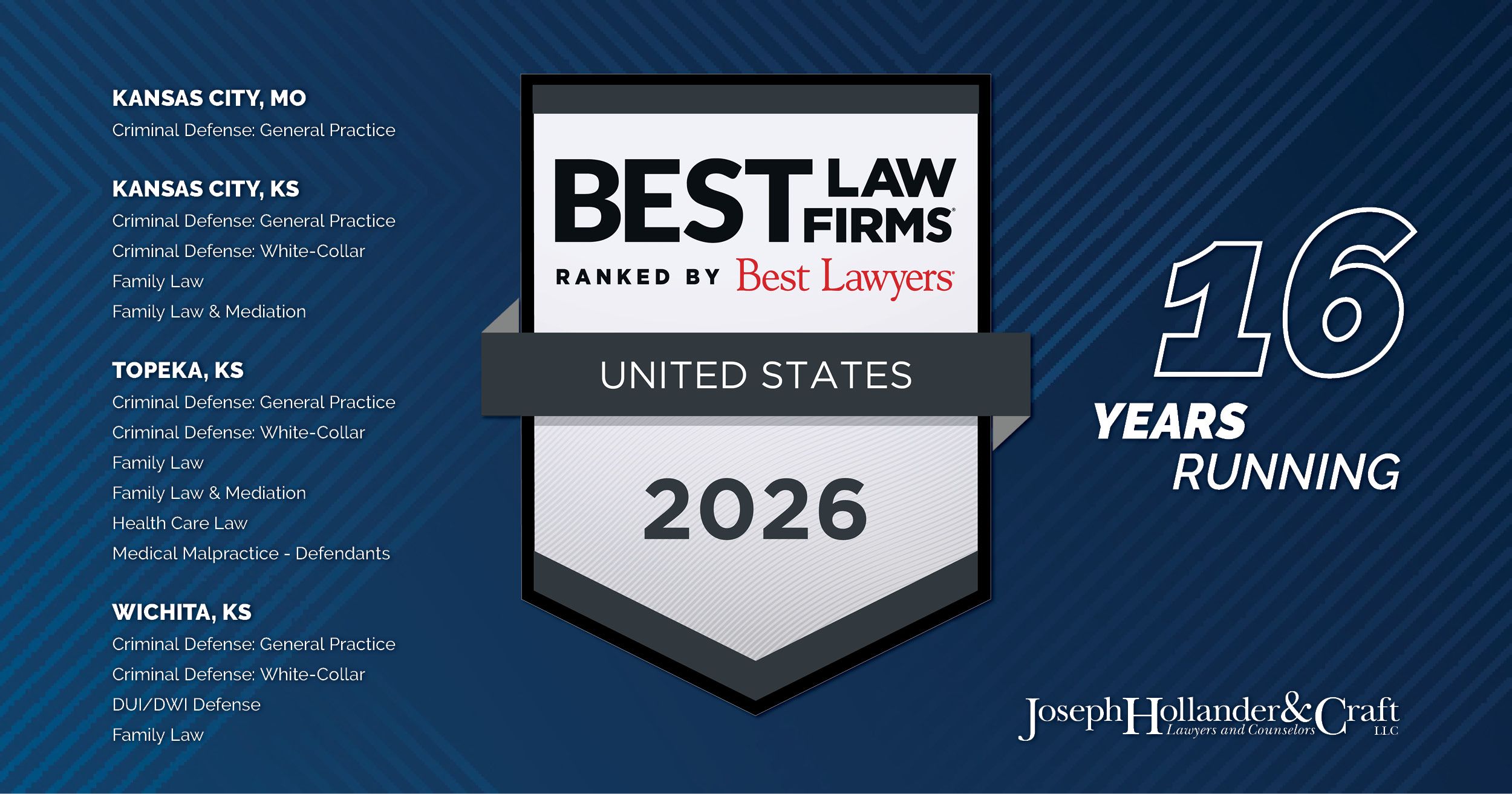The National Transportation Safety Board (NTSB) recently recommended that all 50 states lower the legal limit for drivers’ blood alcohol content (BAC) to .05. The NTSB also called for states to pass legislation that will make it easier for law enforcement officers to confiscate licenses from drivers with BAC measurements in excess of this limit.
The NTSB only recommends changes to federal and state agencies and lawmakers. It has no direct regulatory or legislative powers. However, the NTSB is very influential in decisions that are made about public safety, especially when its recommendations garner support from like-minded lawmakers. It would not be surprising if the NTSB urges the federal government to withhold federal funding to states unless they adopt this significant drop in the BAC limit.
It took over 20 years for all fifty states to adopt the current standard for unsafe driving, a BAC measuring at .08 or higher. The greatest impetus for uniformity was federal funding: states that do not employ the .08 standard lose federal funding for highway maintenance and construction. The federal government could threaten to withhold funds again unless states reduce the legal limit to .05.
In support of its recommendation, the NTSB cited a 2012 study claiming that, when a person’s BAC measures at .048, that person’s ability to process information decreases, his memory is reduced, and he is likely to make more mistakes made related to driving. The NTSB claims that lowering the BAC threshold to .05 would save about 500 to 800 lives a year.
Here in Kansas, DUI laws are already strict. For example, the Kansas Supreme Court has held that one can be convicted of a DUI if his BAC exceeds the legal limit and his car’s engine is running, even if his car is stationary. The Court has repeatedly ruled that “attempting to operate” or “operating” a motor vehicle does not necessarily mean “driving” a motor vehicle. If Kansas adopts the NTSB’s recommendation to lower the BAC threshold, a significant increase in the number of DUI arrests is likely is likely.













